General Ham: CW Procedures/Abbreviations
General Ham: CW Procedures/Abbreviations
Have I mentioned that the General Ham License Manual has a ton more information than the Technician manual? If I haven’t already, it’s true. It’s awesome.
So it’s a lot of work to spell out the full text of all words and phrases, so telegraphers developed an extensive set of abbreviations and procedural signals called prosigns. These are two letters sent together as a single character as indicated by an overbar. So the prosign AR is used to indicated “End of Message”.
And then there are abbreviations to shorten common words such as “AND” is “ES” and “GOING” is “GG” and “WEATHER” is “WX”.
Calling CQ on CW is about the same as on phone/voice. "DE" is an abbreviation used in place of “form” and the procedural signal K replaces “over”:
CQ CQ CQ DE W0TTV W0TTV W0TTV K
A response might look like the following:
W0TTV DE W1AW W1AW W1AW K
There’s no need to send the CQing station’s call more than once unless there’s interferences or the signal is weak. When signals are strong and clear, those responding to CQ may even just send their call once or twice.
Good idea is also to respond at the speed of the calling station but if you’re uncomfortable receiving at that speed, send the Q signal “QRS” (send slower) before the final K. Or if you want to go faster, QRQ.
Also adjust your transmitting frequency so that your signals is “zero beat” with the other signal so that you will be on the same frequency. This means the two signals produce the same audio tone in a receiver. Check the radio’s operating manual for instructions on how to zero beat another signal.
And once you’re in contact with another station, the prosign KN is used instead of K to prevent other stations from breaking in during the contact. It means “Only the station with whom I am in contact should respond”. When asked if you are ready to receive, “QRV” means “I’m ready to copy.” After receiving the message, “QSL” means "I acknowledge receipt.“
Then when it’s time to end the QSO, the prosign SK is used to let any listener know that the contact is completed: W1AW DE W0TTV SK and if you’re going off the air, add CL for closing station.
Phew!
@atdiy/@tymkrs
More Posts from Astrotidbits-blog and Others

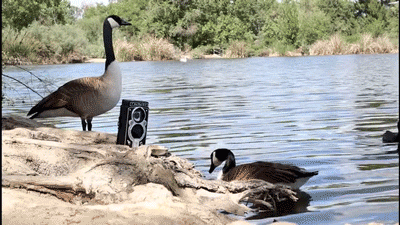
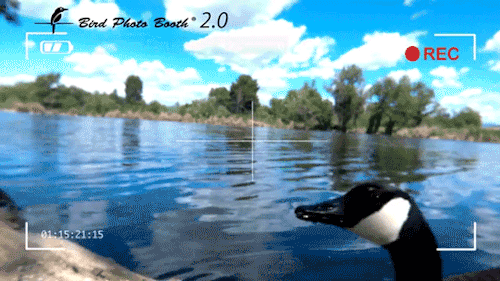

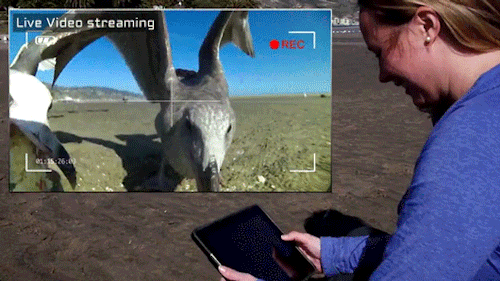
Discover Bird Photo Booth, the world’s first wireless bird feeder and birdcam. Get more information here
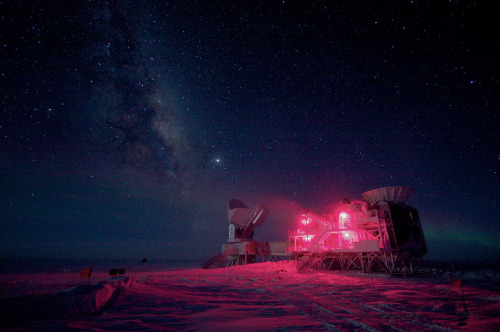
South Pole Telescope
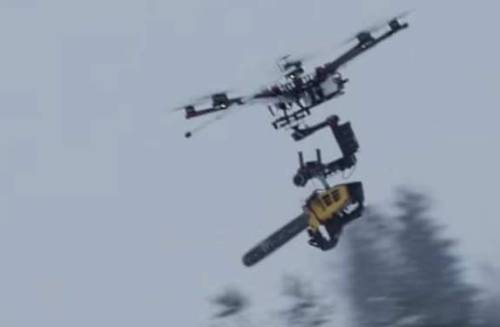
I have waited a long goddamn time for this.
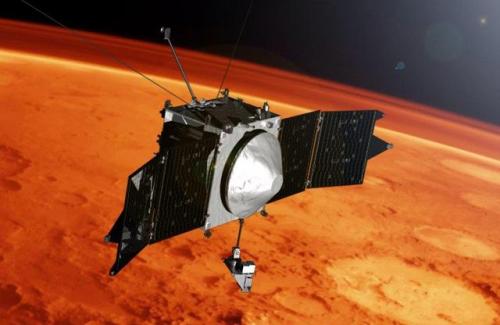
NASA’S MAVEN MISSION REVEALS MARS HAS METAL IN ITS ATMOSPHERE
Mars has electrically charged metal atoms (ions) high in its atmosphere, according to new results from NASA’s MAVEN spacecraft. The metal ions can reveal previously invisible activity in the mysterious electrically charged upper atmosphere (ionosphere) of Mars.
“MAVEN has made the first direct detection of the permanent presence of metal ions in the ionosphere of a planet other than Earth,” said Joseph Grebowsky of NASA’s Goddard Space Flight Center in Greenbelt, Maryland and lead author of a new study detailing MAVEN’s results.
“Because metallic ions have long lifetimes and are transported far from their region of origin by neutral winds and electric fields, they can be used to infer motion in the ionosphere, similar to the way we use a lofted leaf to reveal which way the wind is blowing,” Grebowsky said. The new study was published today in Geophysical Research Letters, a journal of the American Geophysical Union.
MAVEN (Mars Atmosphere and Volatile Evolution Mission) is exploring the Martian upper atmosphere to understand how the planet lost most of its air, transforming from a world that could have supported life billions of years ago into a cold desert planet today. Understanding ionospheric activity is shedding light on how the Martian atmosphere is being lost to space, according to the MAVEN team.
The metal comes from a constant rain of tiny meteoroids onto the red planet. When a high-speed meteoroid hits the Martian atmosphere, it vaporizes. Metal atoms in the vapor trail get some of their electrons torn away by other charged atoms and molecules in the ionosphere, transforming the metal atoms into electrically charged ions.
MAVEN has detected iron, magnesium, and sodium ions in the upper atmosphere of Mars over the last two years using its Neutral Gas and Ion Mass Spectrometer instrument, giving the team confidence that the metal ions are a permanent feature. “We detected metal ions associated with the close passage of Comet Siding Spring in 2014, but that was a unique event and it didn’t tell us about the long-term presence of the ions,” Grebowsky said.
The interplanetary dust that causes the meteor showers is common throughout our solar system, so it’s likely that all solar system planets and moons with substantial atmospheres have metal ions, according to the team.
Sounding rockets, radar and satellite measurements have detected metal ion layers high in the atmosphere above Earth. There’s also been indirect evidence for metal ions above other planets in our solar system. When spacecraft are exploring these worlds from orbit, sometimes their radio signals pass through the planet’s atmosphere on the way to Earth, and sometimes portions of the signal have been blocked. This has been interpreted as interference from electrons in the ionosphere, some of which are thought to be associated with metal ions. However, long-term direct detection of the metal ions by MAVEN is the first conclusive evidence that these ions exist on another planet and that they are a permanent feature there.
The team found that the metal ions behaved differently on Mars than on Earth. Earth is surrounded by a global magnetic field generated in its interior, and this magnetic field together with ionospheric winds forces the metal ions into layers. However, Mars has only local magnetic fields fossilized in certain regions of its crust, and the team only saw the layers near these areas.
“Elsewhere, the metal ion distributions are totally unlike those observed at Earth,” Grebowsky said.
The research has other applications as well. For example, it is unclear if the metal ions can affect the formation or behavior of high-altitude clouds. Also, detailed understanding of the meteoritic ions in the totally different Earth and Mars environments will be useful for better predicting consequences of interplanetary dust impacts in other yet-unexplored solar system atmospheres.
“Observing metal ions on another planet gives us something to compare and contrast with Earth to understand the ionosphere and atmospheric chemistry better,” Grebowsky said.
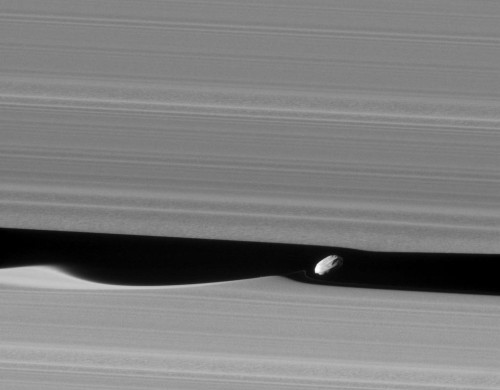
Saturn’s moon, Daphnis, and Saturn’s rings.

Light at the End of the Road : The bright light at the end of this country road is actually a remarkably close conjunction of two planets. After sunset on August 27 brilliant Venus and Jupiter almost appear as a single celestial beacon in the night skyscape taken near Lake Wivenhoe, Queensland, Australia. A spectacular vertical panorama from the southern hemisphere, it shows the central Milky Way near zenith, posed on top of a pillar of Zodiacal light along the ecliptic plane. Of course Mars and Saturn are near the ecliptic too, just below the galaxy’s central bulge. Above and left of a tree on the horizon, fleeting planet Mercury also adds to the light at the end of the road. via NASA
js

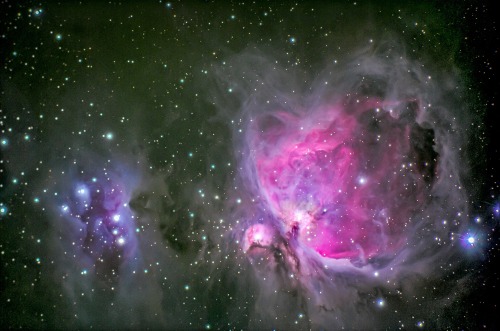
Orion nebula & The running man nebula, by TimMorrill
Orion nebula & The running man nebula.
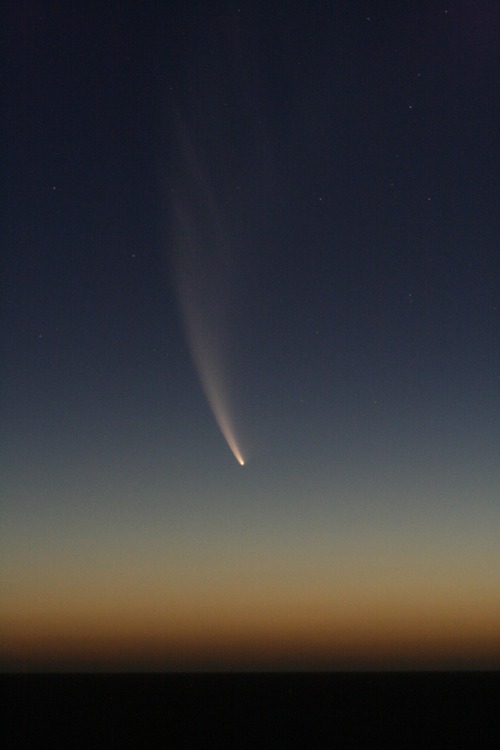
Comet McNaught.
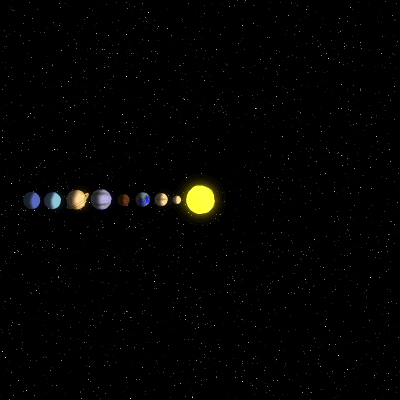
planets
-
 emperoronion liked this · 7 years ago
emperoronion liked this · 7 years ago -
 astrotidbits-blog reblogged this · 7 years ago
astrotidbits-blog reblogged this · 7 years ago -
 astrotidbits-blog liked this · 7 years ago
astrotidbits-blog liked this · 7 years ago -
 paradoxknight reblogged this · 12 years ago
paradoxknight reblogged this · 12 years ago -
 tymkrs reblogged this · 13 years ago
tymkrs reblogged this · 13 years ago